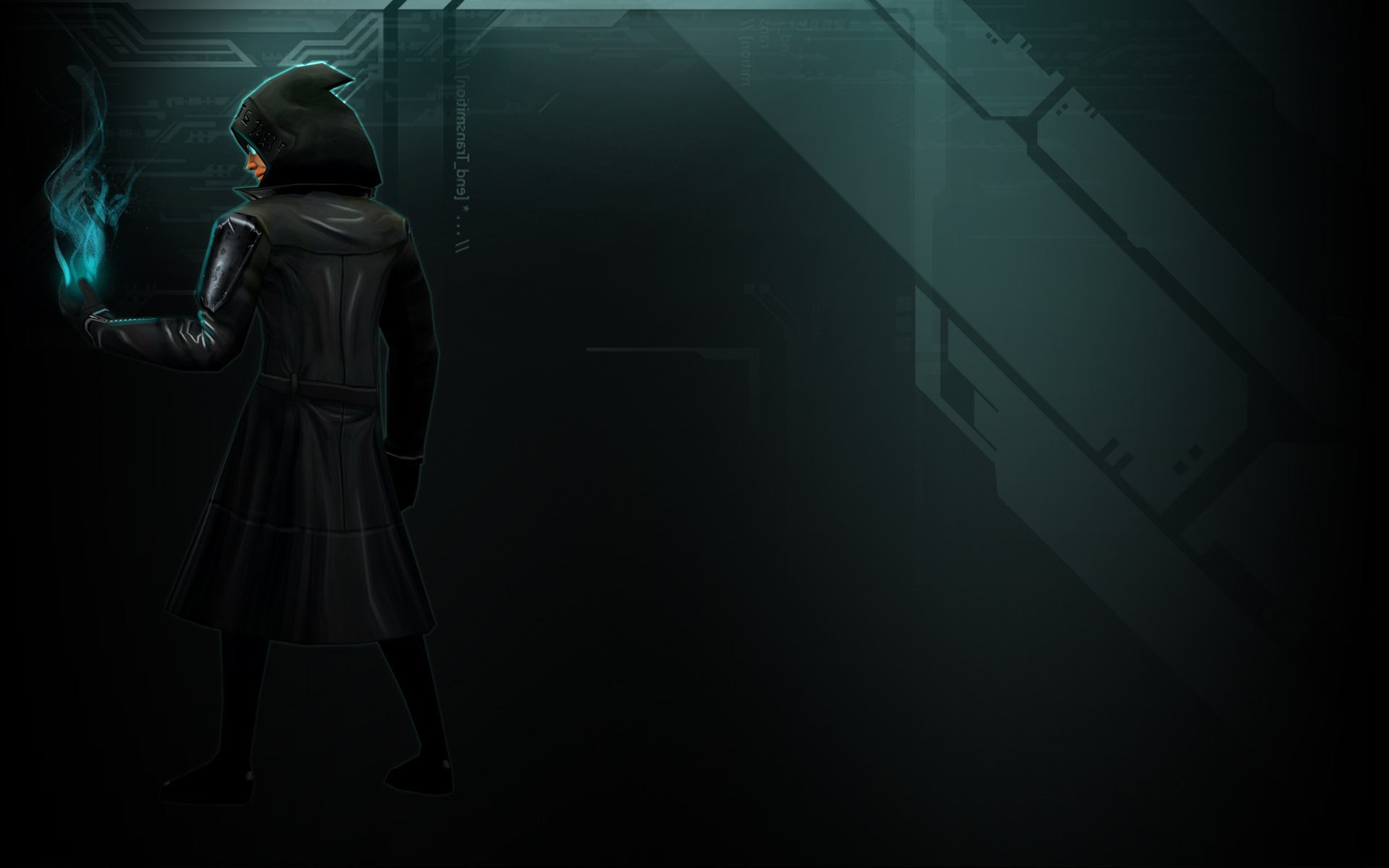

Sets a VFX to appear at the Source of the teleporter Sets the sound effect that will play when teleporting Sets the direction an Actor is facing after being teleported Sets if NPCs can use this Teleporter Region Sets the Destination Region of this Teleporter Region Sound and Visual Effects can be applied to these Regions to spice things up. However, actors will not be visible if they are not in the players normal vision.Ī Teleporter Region is used to teleport an Actor from one region to another. This means the region will appear as though the player had completely explored it. This property removes the black fog of war from the region. Sets how many enemies are required to play Wrapup Combat Music Sets how many enemies are required to play Intense Combat Music Sets if the Wrapup Combat Music will loop Sets the Wrapup Combat Music for this Region Sets the Intense Combat Music for this Region New to the Camera Regions in Hong Kong, we've got quite a few ways to customize the sounds that will be played throughout scenes. The direction is adjusted by modifying the X, Y, and Z values. The property is used to adjust the direction that the Direction Light is going in a Region. Its color can be adjusted by modifying the R,G, B, and A values or selecting a color from the Color Palette The Color Palette can be accessed by selecting the property and clicking the (Insert Browse Icon). The property is used to adjust the color of the Directional Light in a Region. The property is used to adjust the color of the Ambient Light found in a Region. The following are properties specific to Camera Regions. In this case, the Properties of the Camera Region are set to their defaults. Without a Camera Region specified, the editor assumes a large bounding box that contains the whole scene. It does not affect persona behavior or Trace (these are set by the Dimension property under Scene Properties).Ī Camera Region has various effects on the players view. When set true, these regions communicate actor location information to IC in a way that gumbo scripts can use. For example a size of (2.0, 0, 2.0) will create a region that is the size of a 2x2 tile. This property sets the size of the Region in relation to the Anchor Position.
Shadowrun returns editor adding a camera region update#
The property will update itself when it is moved within the Scene. This value can be modified by the X,Y, and Z values to set the origin. This property sets the origin of the Region. This will only appear if the Visible at Start property is True. This property sets the Highlight Color of the Region. Removes movement tiles from the region to save memory.

Property is used for "Holding Closets" for off screen actors. If True, the region will be highlight the tiles is covers in its Highlight Color. This property sets if the Region is visible in game. Triggers can be used to alter this value if you don't want a region to be enabled by default. This property sets if the Region is enabled at the start of the scene. The options consist of Normal, Camera, VFX Fill, and Teleporter. This will dictate the other properties and intended use of the Region. Once created, it will appear as an option in in the appropriate Triggers under Existing Regions. The Regions Name is how you will access this Region when working with Triggers in the Scene Data view or tracking the Region in the Scene Contents view. The following are properties available to all Regions. When combined with Triggers, you can use these zones to create various effects. On its own it's nothing more than a marked zone in the editor with a name and position. Your Normal Region doesn't have anything too special about itself. (Insert Table of Region Type, Icon, Color) It should also be noted that regions are color coded by type.

While the Anchor stays the same, the Adjuster Icon changes based upon what type of Region it is. Regions are made up of two parts, the Anchor and Adjuster. There are four types of Regions, each with their own unique properties. Regions are invisible zones that can be designated for multiple purposes.


 0 kommentar(er)
0 kommentar(er)
